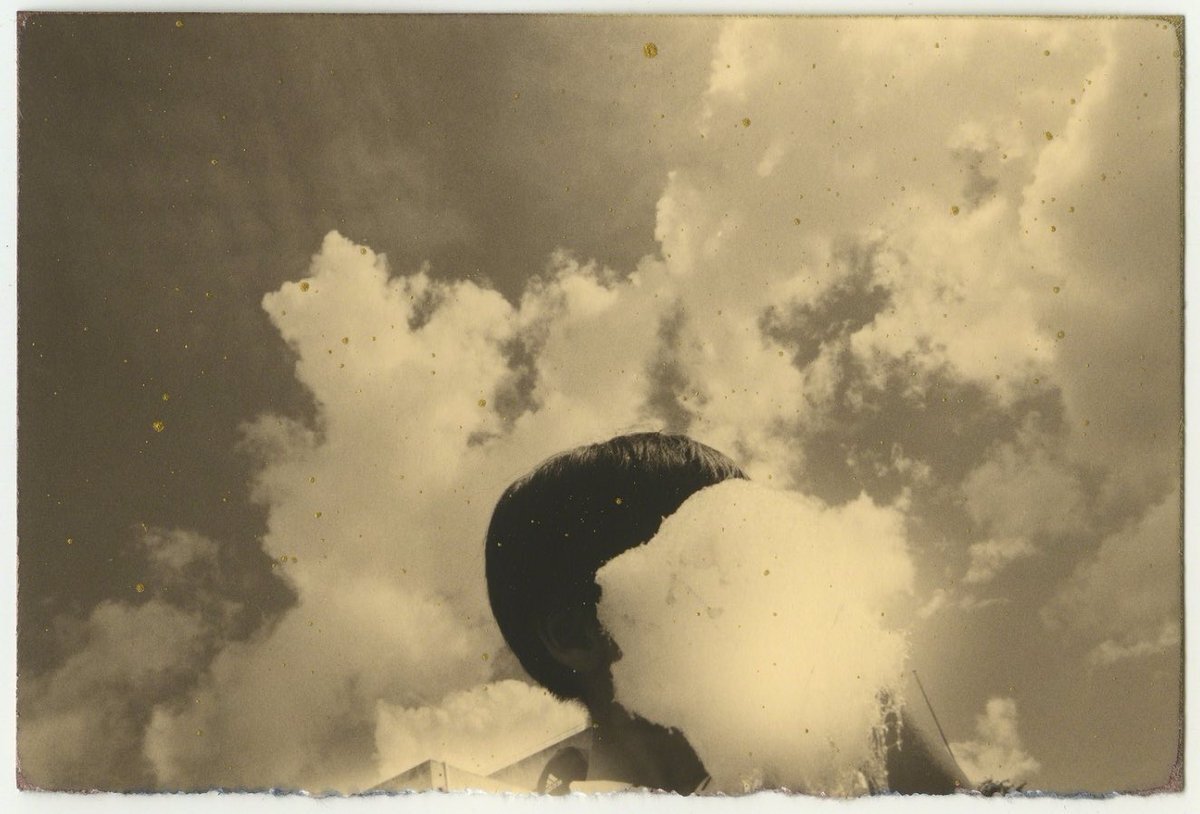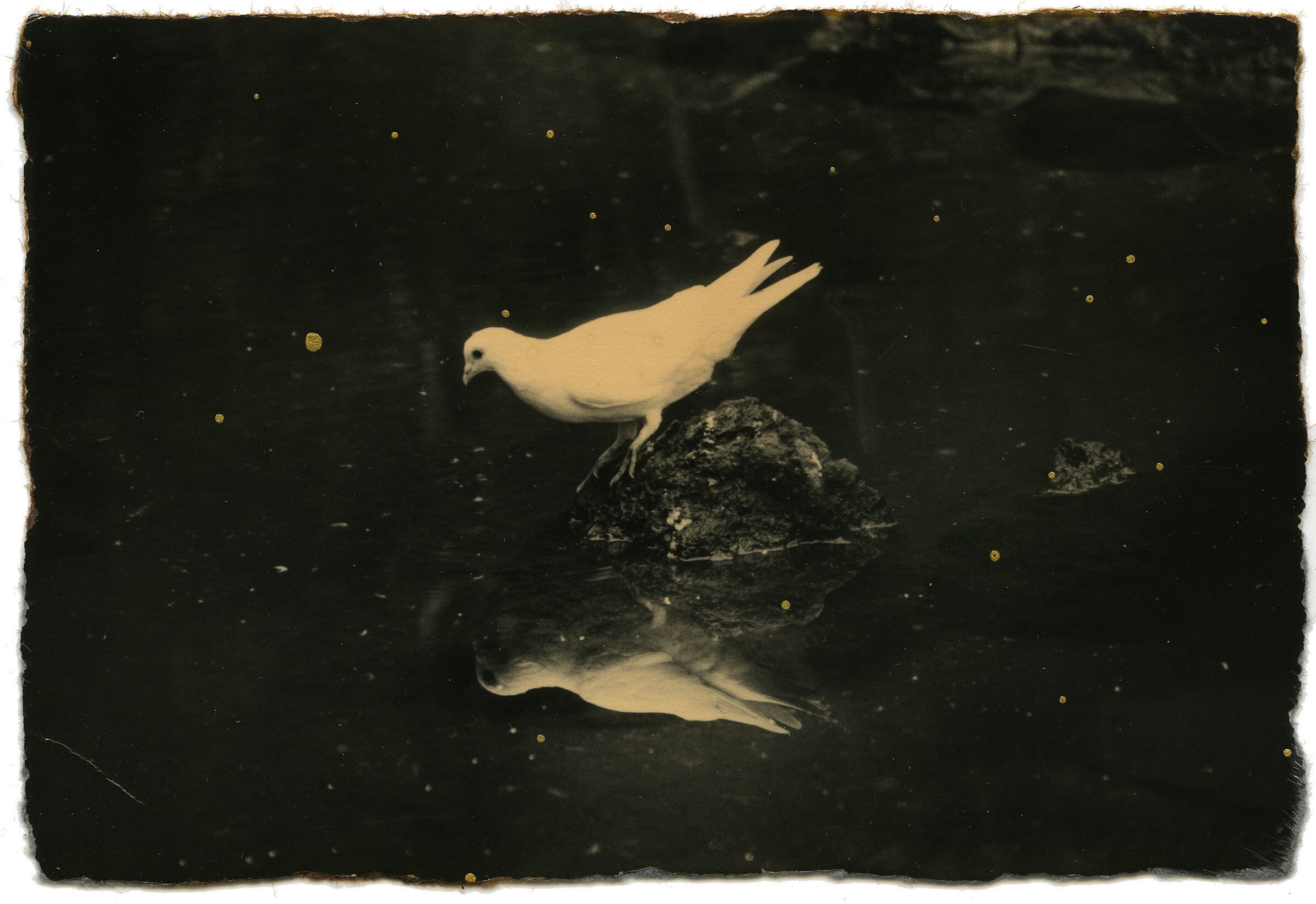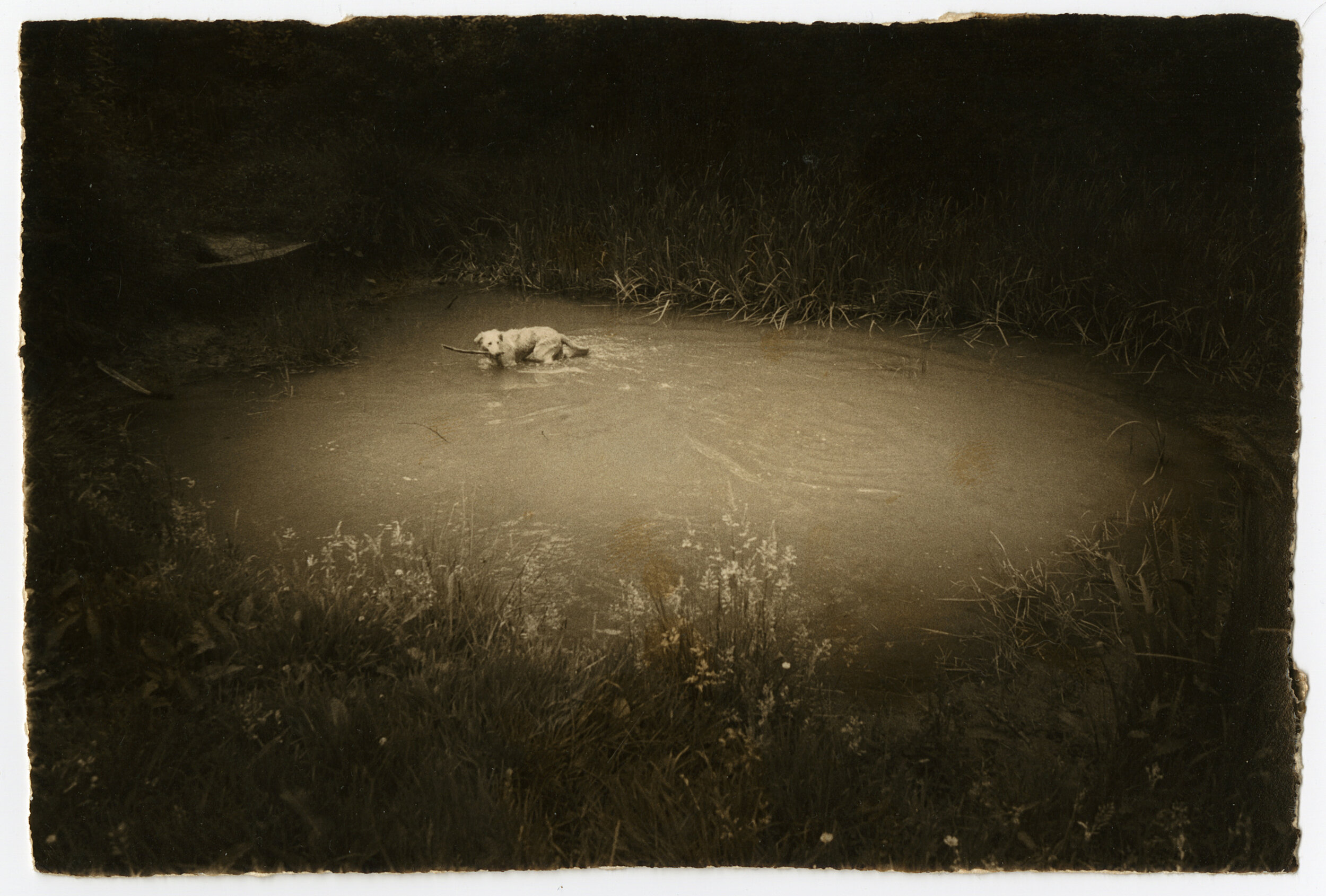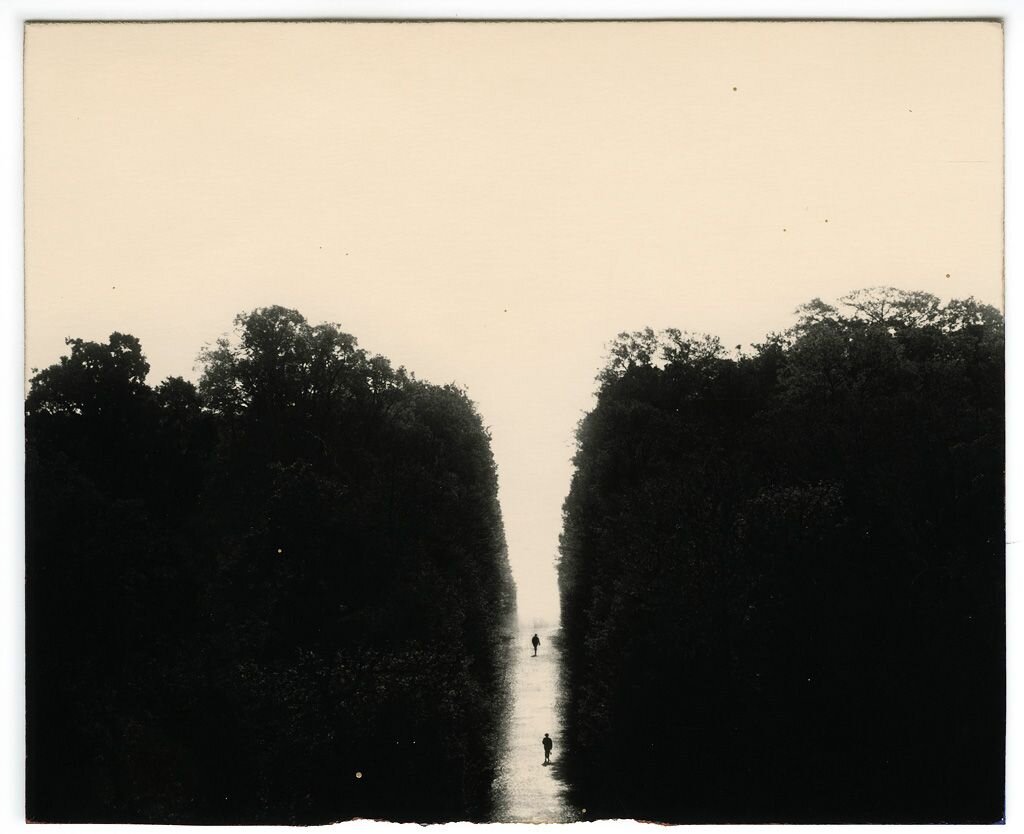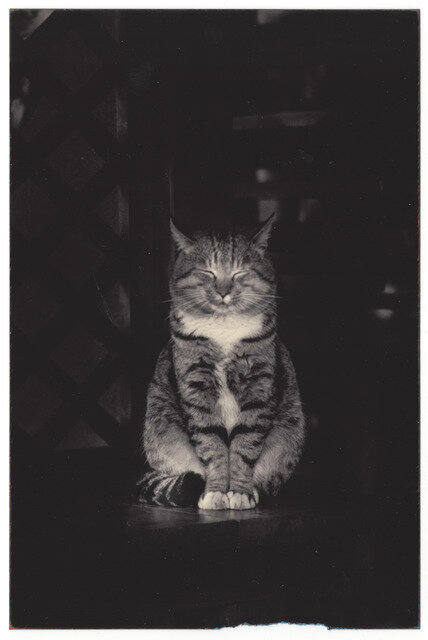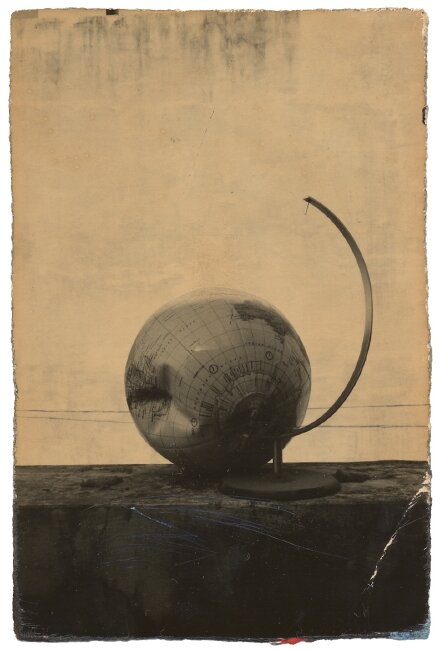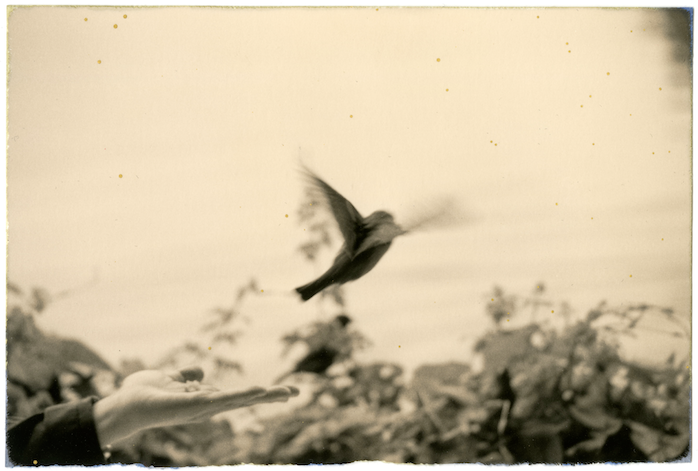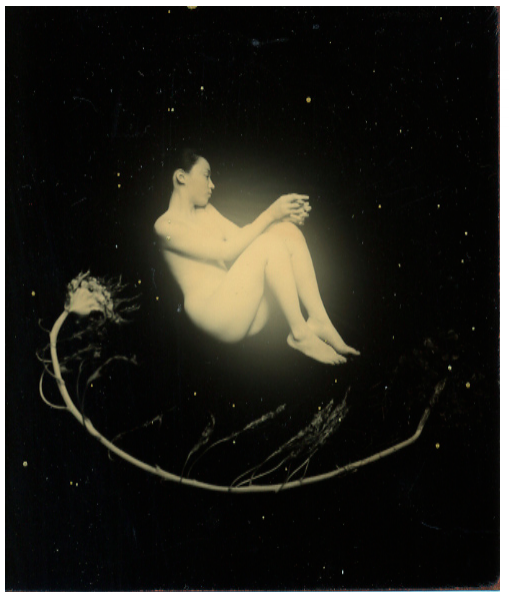”In Tao Te Ching , an ancient Chinese philosopher Lao Tzu wrote, ‘A great presence is hard to see. A great sound is hard to hear. A great figure has no form.’ What he means is that the world is full of noises that we humans are not capable of hearing. For example, we cannot hear the noises created by the movement of the universe. Although these sounds exist, we ignore them altogether and act as if only what we can hear exists. Lao Tzu teaches us to humbly accept that we only play a small part in the grand scheme of the universe.” If Zen philosophy and haiku poetry could take shape in visual form, then it would be realized in the photography of Masao Yamamoto. Through his pursuit of beauty and the belief that beauty is an essential aspect in the enrichment of mankind, Yamamoto reveals the extraordinary in the ordinary, the infinite in the finite, timelessness in impermanence. His photographs are meditative artworks that bring the viewer closer to the essence of things, toward the experience of becoming aware of one's precious witnessing of life.
Masao Yamamoto: “Long ago, there was a man named Ryokan, who was a calligrapher and a poet. I have an enormous amount of respect for him. In one of his haikus he describes simply the movement of a leaf trembling as it falls. But in reality, this poem can be interpreted in several ways. For example, the falling leaf could be a metaphor for life, the right side up, the bad, and the reverse side, the good. From this simple natural phenomenon he speaks of much deeper things. I find this remarkable. I would like to take these kinds of photos. For me a good photo is one that soothes. Makes us feel kind, gentle. A photo that gives us courage, that reminds us of good memories, that makes people happy.”
